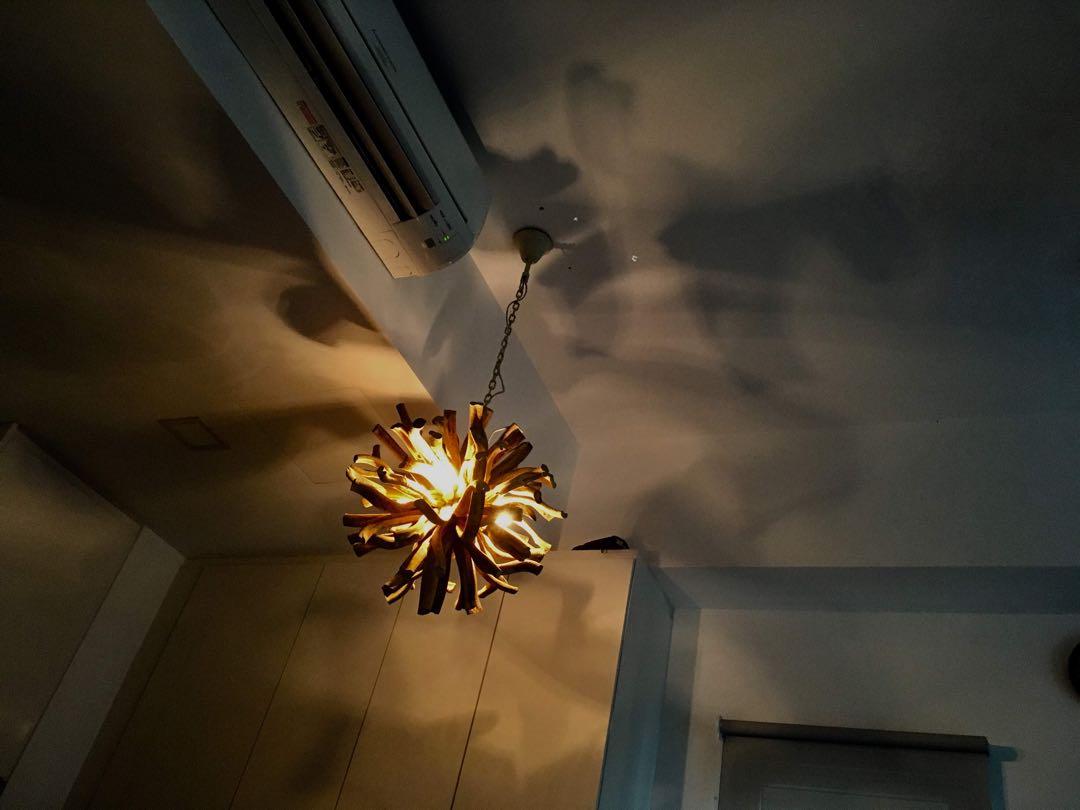As I move forward with the idea of making driftwood light, there are constraints as well as specifications that signify success in the production of the product. To signify that the driftwood light is a success, I consider the following specifications:
1. Aesthetic Appeal: The light should have a visually appealing design that effectively combines the rustic charm of driftwood with modern or vintage elements.
2. Craftsmanship: The quality of craftsmanship should be high, with attention to detail in the arrangement of driftwood pieces, the overall construction, and the finish.
3. Functionality: The light should function as intended, providing adequate illumination for its intended purpose while also enhancing the ambiance of the space.
4. Durability: The light should be sturdy and well-constructed, using materials and techniques that ensure its longevity.
5. Unique Character: The light should have a unique character or story behind it, reflecting my vision and making it a distinctive piece of decor.
Constraints for creating a driftwood light include:
1. Material Availability: The availability of suitable driftwood pieces may be limited, requiring to search extensively or rely on specific sources. This constraint can impact the design and size of the light, as well as the overall aesthetic.
2. Design Complexity: The complexity of the design is constrained by the nature of driftwood and its ability to be shaped and manipulated.
3. Technical Skill: Achieving certain design elements or features requires advanced woodworking skills or techniques to handle the uneven shape of the acquired wooden log.
4. Time: The process of collecting, preparing, and assembling driftwood pieces is a little time-consuming.
5. Environmental Considerations: Driftwood collection should be done responsibly, considering environmental regulations and the impact on ecosystems. Constraints related to sustainability and ethical sourcing may influence the availability and selection of materials.
Considering the constraints and specifications outlined, the success of the driftwood light hinges on its ability to harmonize with the natural features of the driftwood while fulfilling its functional purpose as a lighting fixture and a decorative accent. By carefully selecting and arranging the driftwood pieces, the light can showcase the unique textures, shapes, and colors inherent in the wood, transforming them into captivating visual elements. Moreover, the light should deliver sufficient illumination to serve its intended function while also contributing to the ambiance of the space. In essence, the success of the product lies in its seamless integration of form and function, offering both aesthetic appeal and practical utility to the user.


2 Comments. Leave new
Hey Venkata, this project looks like it’ll turn out super cool. I agree that finding driftwood is going to be a big challenge. What’s your plan for attaching the driftwood to the light? Will there be a frame around the bulb that the driftwood attached to, or will they be fastened onto each other? Can’t wait to see how it turns out!
Hi Venkata, your layout of the top five specifications and constraints for your project is well thought out and will help you plan for unexpected problems later on. I agree that finding enough driftwood for the design is a key constraint, as we are not close to any large bodies of water here. Have you considering the constraint of producing a product that’s safe? Considering there will be flammable material and electricity involved.